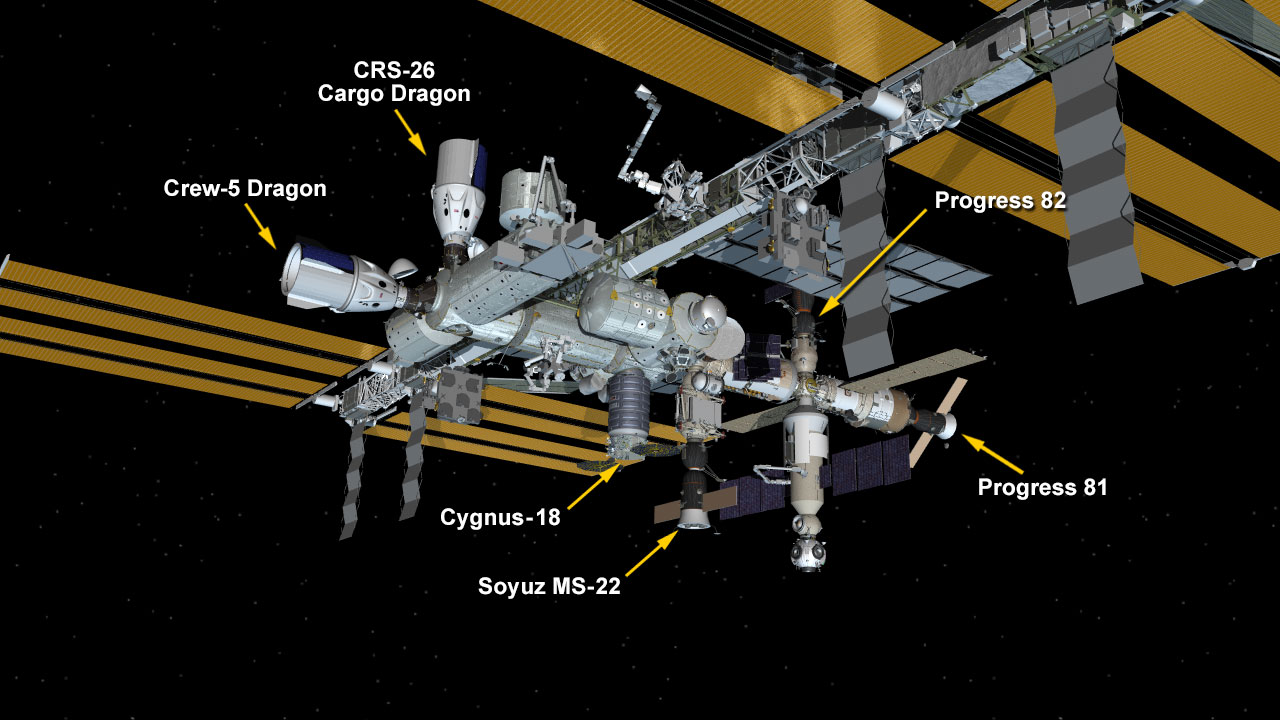
On the night of December 15, another incident occurred in the Russian part of the International Space Station (ISS) – as a result of an unknown event, a ‘significant leak of an unknown substance’ occurred from the aft part of the Soyuz MS-22 spacecraft, which is currently docked with the ‘Dawn’ module. In view of the problem, which has not yet been eliminated, it was necessary to cancel the planned exit into outer space, according to NASA.
Problem with Soyuz MS-22 on the ISS right now! pic.twitter.com/V4Ymvnn2D1
— Chris Bergin – NSF (@NASASpaceflight) December 15, 2022
The leak was noticed by the ground teams during the preparation for the spacewalk of Sergey Prokopyev and Dmytro Petelin. Earlier, this ‘union’ delivered Russian cosmonauts Prokopiev, Petelin and NASA astronaut Frank Rubio to the ISS after the launch from the Baikonur Cosmodrome in Kazakhstan on September 21.
There is speculation that this unknown substance is a refrigerant, but this has not yet been officially confirmed.
It is not known for sure what happened to the Russians this time. It is reported that the internal sealing of the ship is not broken, so the ISS remains in order and the crew of the station is not in danger. At the same time, social networks continue to joke and offer Russians the most effective way to solve the problem — electrical tape.
Recent reports indicate that the United Arab Emirates will be a likely new partner for the United States in the Artemis lunar program, which includes the Lunar Gateway station. Negotiations are currently underway between the UAE and Boeing to jointly develop a gateway for a future lunar orbiter. If the agreement is eventually signed, UAE astronauts will have easy access to deep space, and Russia will finally be ‘kicked out’ of the Artemis project. By the way, nine countries, including Ukraine, participate in ‘Artemis’ today.



